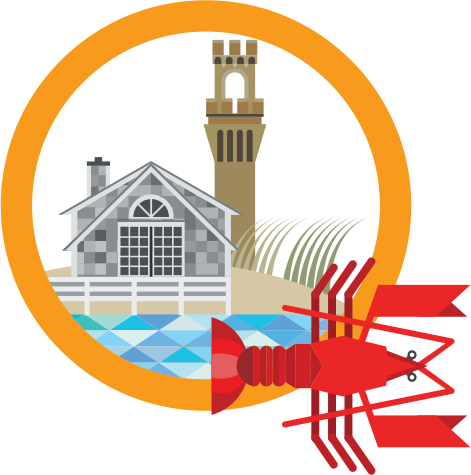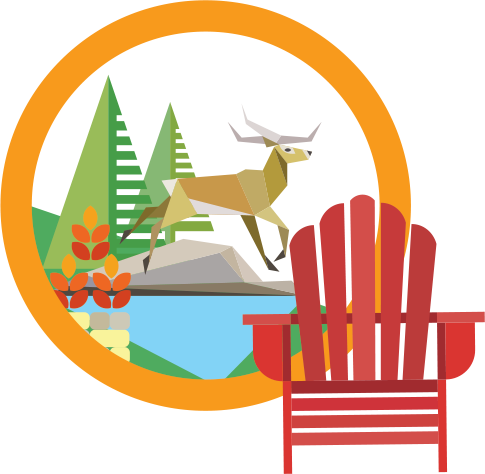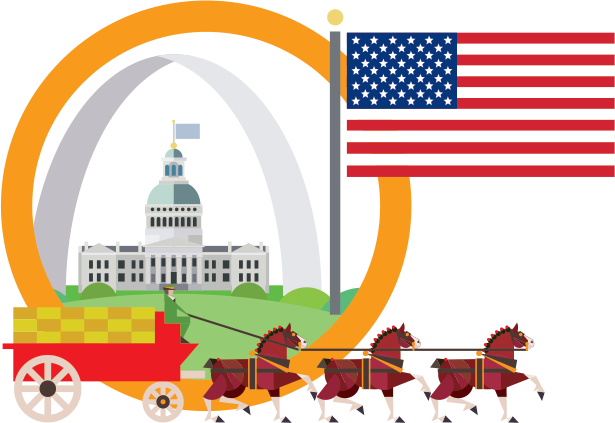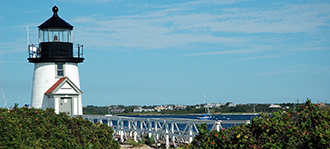
We do our best to provide service to customers with physical limitations, but due to the size and design of our aircraft, there are some services that u are prohibited from offering in accordance with FAA safety regulations and the US DOT regulations.
To download a PDF version of the Department of Transportation 14 CFR Part 382 and/or to contact the Department of Transportation please view the Air Carriers Access Act.
Assistance in the airport
- Please come to our ticket counter and request any assistance that you may need through the terminal or to our aircraft. Many of our airports are staffed by only one employee, and so we may not have someone readily available to assist you from the curb into the airport. If you need assistance into the airport, please call our reservations phone number from your cell phone (866-CAPE-AIR) and we can contact the ticket counter to request assistance for you.
Assistance getting to the gate and aircraft
- Our aircraft require ground loading, due to their size and configuration. Most of our airports are on one level, or have an elevator available to get you to the ground level for boarding. Contact our reservations office for information about airport facilities
Assistance boarding or disembarking our aircraft
- From the ground level, you must ascent 3 steps to get into the aircraft and to a seat. Due to the size and configuration of our aircraft, lift devices or lift chairs are not able to be used. Department of transportation regulations prohibit airline employees or representatives from hand-carrying passengers into or out of the aircraft, except in the event of an aircraft emergency. While we do all possible to assist you up and down the aircraft stairs, regrettably we are unable to accommodate those who can not ascend or disembark from the aircaft without assistance.
Wheelchair assistance in the airport
- At most airports we have wheelchairs available to help you from the ticket counter to the gate area. Please advise our reservations agent if you will need wheelchair assistance within the airport
Traveling with your own wheelchair
-
One wheelchair or mobility assistive device per Passenger will be accepted and transported at no additional charge. Early check-in is recommended for all Passengers with assistive devices so that there is adequate time to load the device on board and offer any special assistance that may be needed.
Aircraft-based Limitations. Due to space limitations of the aircraft, only collapsible, non-motorized wheelchairs (and other non-battery-powered mobility assistive devices) are accepted. Wheelchairs and other mobility assistive devices are assigned the highest boarding priority and every reasonable effort will be made to transport all customer wheelchairs and other mobility assistive devices on the same flight as the Customer. There may be times, however, when space, weight and safe storage constraints may limit the number of devices which may physically and safely fit onto a particular aircraft. When this happens, we will coordinate with the Customer and offer the best solution available. - FAA regulations prohibit transportation of battery powered wheelchairs inside of the passenger cabin.
Oxygen
- For Transport in the 9-Passenger Cessna 402: Personal oxygen supplies, including oxygen concentrators, are not permitted to be used or carried on board and Cape Air is not authorized to provide medical oxygen. Personal Oxygen Concentrators (POCs) which are FAA-approved may be utilized on board at no additional charge.
Other assistive devices
- Other manual devices, such as crutches or walkers can be carried at no charge in addition to your standard baggage allowance.
Service Animals
- Our aircraft only have space to accommodate one service animal with you in the passenger cabin. Please contact us to inquire and reserve space if traveling with a service animal. Documentation is required for emotional support animals.
Traveling with a Car Seat
- Children under the age of 2 can sit on laps, and/or child seats can be used if the parent wishes to purchase an additional seat for the lap child and they provide a FAA/DOT approved child seat. Over 2 years of age, the seat criteria is listed below.
- The safest place for your child on an airplane is in a government-approved child safety restraint system (CRS) or device, not on your lap. Your arms aren't capable of holding your child securely, especially during unexpected turbulence.
- The Federal Aviation Administration (FAA) strongly urges passengers to secure your child in a CRS or device for the duration of your flight. It's the smart and right thing to do so that everyone in your family arrives safely at your destination. The FAA is giving you the information you need to make informed decisions about your family's travel plans.




















